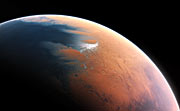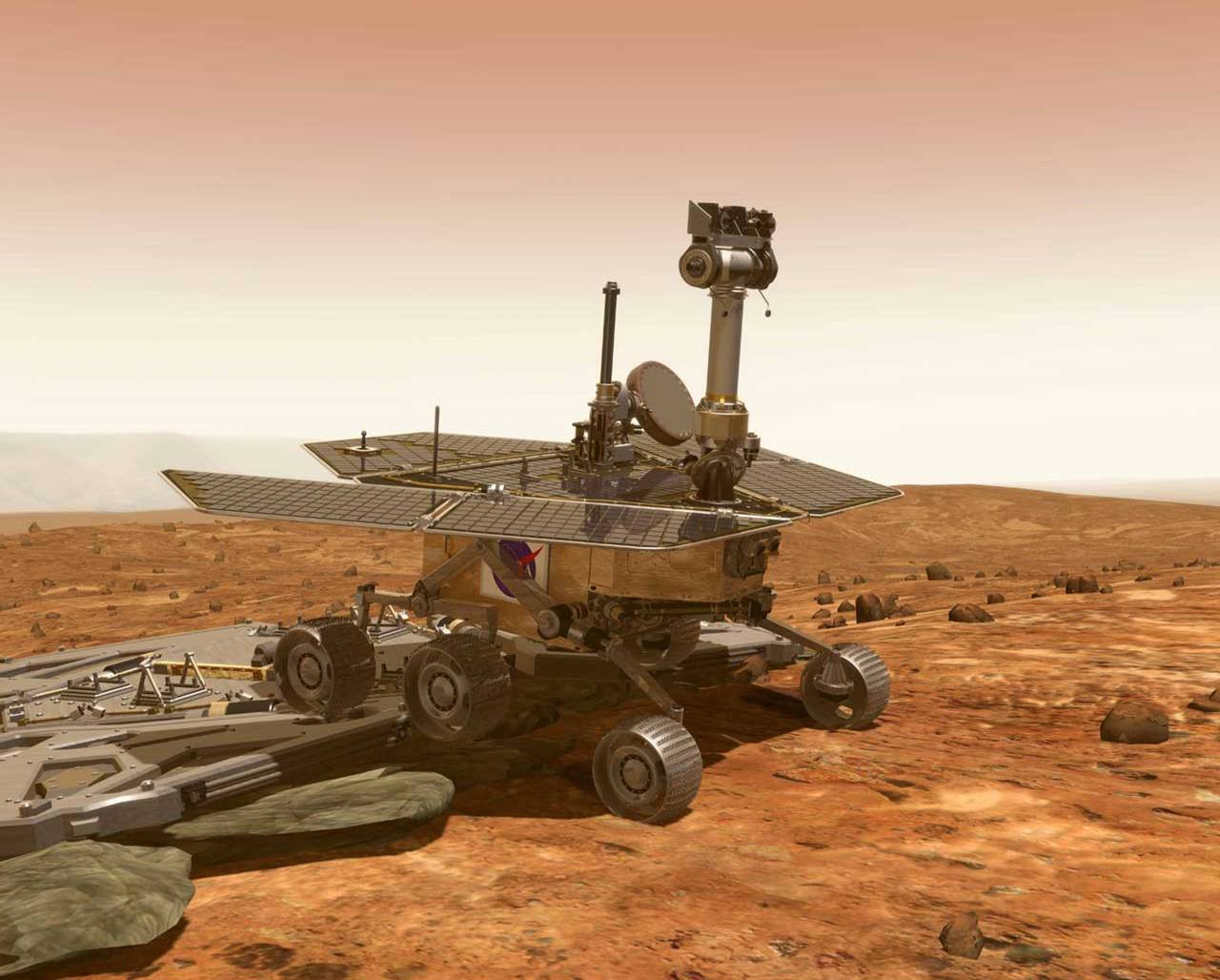
WASHINGTON (PTI): An ancient lake on Mars' Jezero Crater may have once been filled with fairly fresh water, making it a potentially habitable environment, scientists say.
Researchers from Brown University found that the onslaught of water that filled the Jezero Crater was one of at least two separate periods of water activity in the region surrounding Jezero.
Jezero is high on scientists' list of possible landing sites for NASA's Mars 2020 rover. If life had emerged in either of the two water-related events, signs of it may well have been preserved at Jezero, researchers said.
The ancient lake at Jezero crater was first identified in 2005 by Caleb Fassett, a former Brown graduate student. He identified two channels on the northern and western sides of the crater that appear to have supplied it with water.
That water eventually overtopped the crater wall on the southern side and flowed out through a third large channel.
It's not clear how long the system was active, but seems to have dried out around 3.5 to 3.8 billion years ago.
Each of the crater's inlet channels has a delta-like deposit where sediment carried by water was deposited in the lake.
In 2008, Bethany Ehlmann, another former Brown graduate student now a professor at Caltech, showed that those fan deposits are full of clay minerals - a clear sign of alteration by water.
The question of how exactly those minerals formed, however, remained open. The minerals could have formed in place in the lake, or formed elsewhere and got transported into the lake.
Tim Goudge, a graduate student at Brown who led the new study, gathered high-resolution orbital images from NASA's CTX instrument, and combined them with data from the Compact Reconnaissance Imaging Spectrometer for Mars (CRISM) aboard NASA's Mars Reconnaissance Orbiter.
Goudge put together a geological and mineralogical map of the entire Jezero Crater paleolake system.
The map showed that each of the fan deposits has its own distinct mineral signature that matches the signature of the watershed from which it was sourced.
"That's a good indication that the minerals formed in the watershed and were then transported into the lake," Goudge said.
The minerals' formation and their transportation seem to have been separated by a fair amount of time. Mapping of the watershed showed a younger layer of rock that sits on top of the hydrated minerals.
The crater's inlet channels cut through that layer of younger rock. That means the water that carved the channels must have flowed well after the mineral layer had formed.
"What it implies is that there were actually two periods of water-related activity," Goudge said.
The water that stood in the lake from the second event does not seem to have chemically altered the rock much at all.
This suggests that Jezero was filled with fairly fresh water with a nearly neutral pH - making it a potentially habitable environment, researchers said.
 Previous Article
Previous Article Next Article
Next Article












The Indian Air Force, in its flight trials evaluation report submitted before the Defence Ministry l..
view articleAn insight into the Medium Multi-Role Combat Aircraft competition...
view articleSky enthusiasts can now spot the International Space Station (ISS) commanded by Indian-American astr..
view article